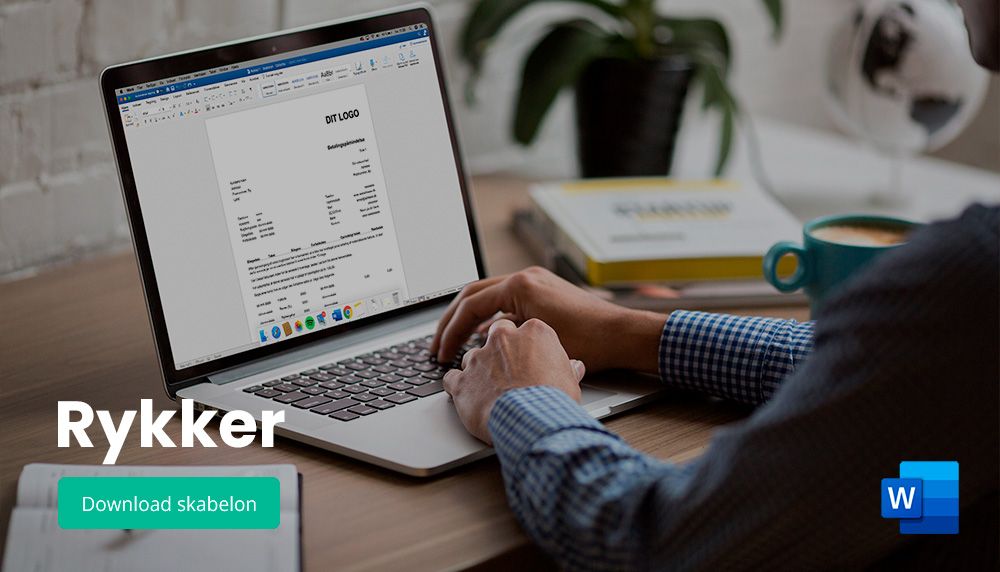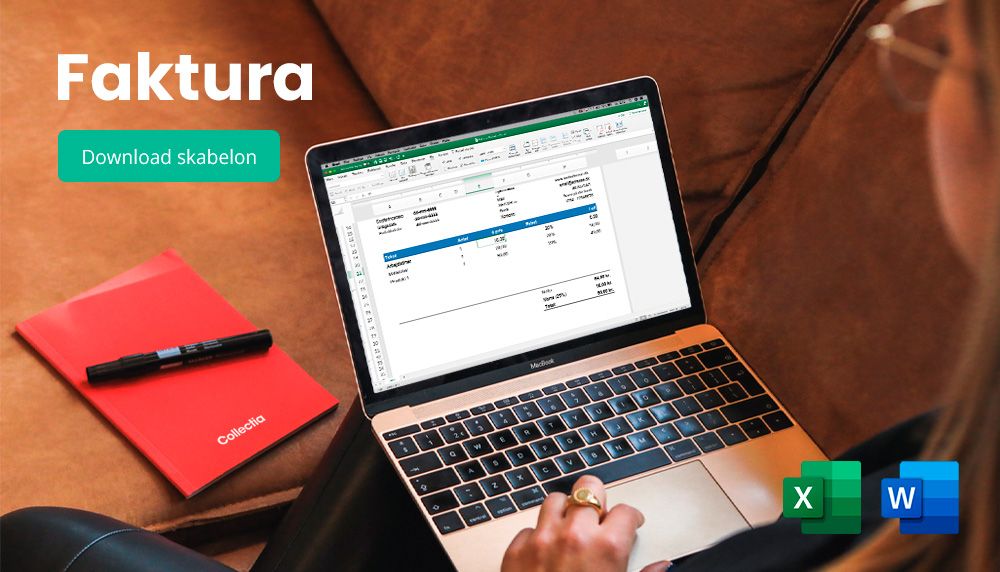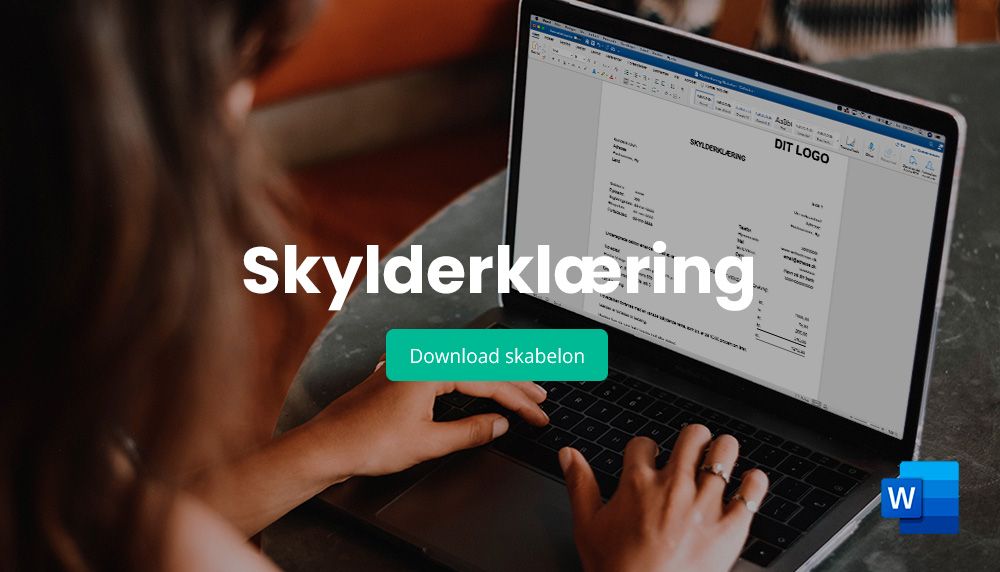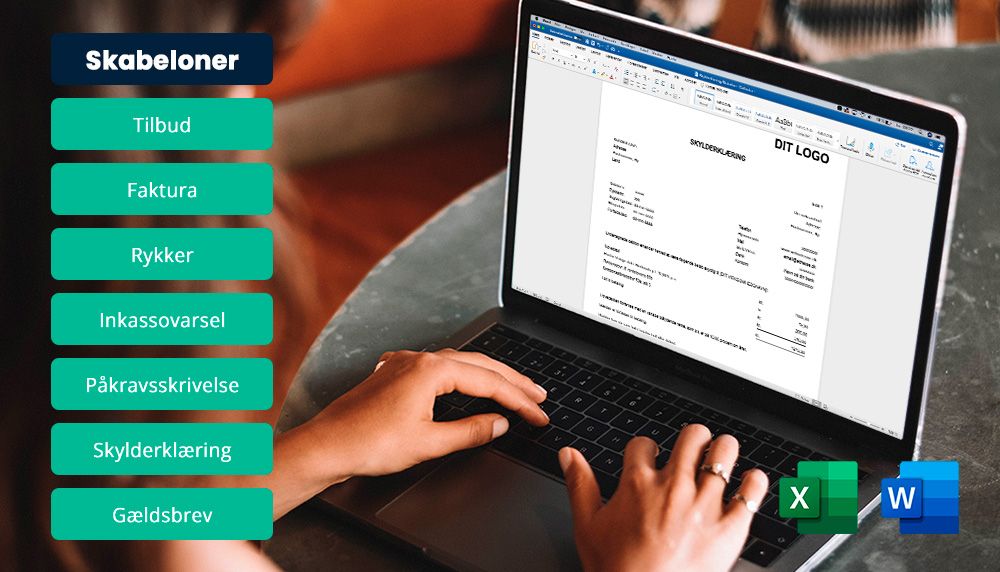
Insolvency declaration
A declaration of insolvency is issued by the bailiff court to persons who, prior to making the declaration, have given the bailiff court a solemn assurance that they do not own any valuable assets that can be seized.
An insolvency declaration can be seen as protection. It ensures that the debtor 's creditors cannot summon the debtor to the enforcement court for a period of 6 months. However, the creditor has the right to request an exequatur during this period to verify that the debtor does not actually own valuable assets.
It is important to note that an insolvency declaration is made under criminal liability. If it later emerges that the debtor actually owned assets and values at the time of the declaration of insolvency, the debtor may be penalized.
Protection for 6 months
With an insolvency declaration, the debtor is protected for 6 months against individual legal proceedings. During this period, no private creditor can summon the debtor to the enforcement court to try to seize the debtor's assets and property.
However, it should be emphasized that the insolvency declaration does not protect the debtor if the debt is owed to public authorities, such as the municipality or SKAT, according to the Tax Collection Act.
The protection works in favor of the debtor and provides a 6-month period where the debtor can have peace to work and get their finances in order.
What can be attached?
Basically, the creditor can attach all assets that exceed what is considered to be a modest living. This includes valuable assets such as cars, real estate and other expensive items.
In general, a cheap computer or television will not be seized. However, if these devices are of particularly high value and thus exceed what is considered a modest lifestyle, they can be seized.
According to section 508 of the Danish Administration of Justice Act, cash, real estate, movables, claims and other assets can be seized.
Who can see an insolvency declaration?
As a rule, only the debtor, the enforcement court and the creditor can access an insolvency declaration. There is no public register of persons or companies that have received an insolvency declaration. Therefore, it is not possible for unauthorized persons to check this either before or during a debt collection process.
What is insolvency?
Insolvency occurs when the debtor is unable to meet its financial obligations as they fall due. Such a situation is also known as illiquidity.
For a more in-depth understanding of the concept of 'insolvency', please visit this link.











